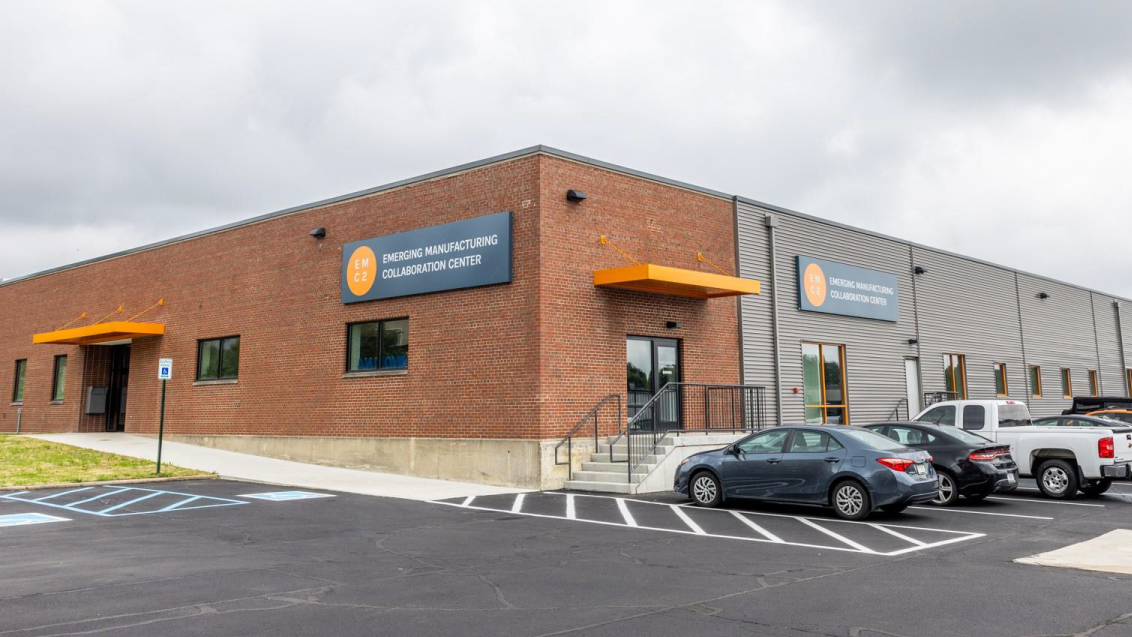
Battery Innovation Center to Expand Dry Room Cell Build Capacity and Educational Offerings
The BIC Indianapolis expansion will add nearly 4000 square feet of additional dry room space for cell manufacturing and assembly.

The BIC Indianapolis expansion will add nearly 4000 square feet of additional dry room space for cell manufacturing and assembly.
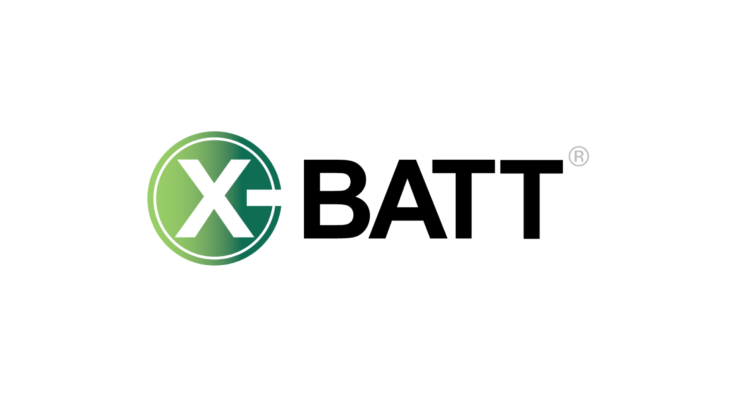
X-BATT and Semplastics, innovators in energy storage solutions, are happy to announce a new collaboration with Princeton NuEnergy and the Battery Innovation Center, leading players in the energy domain. Together, the parties aim to transform the energy storage landscape. This joint initiative has been recognized and supported by a Phase II Small Business Innovation and Research (SBIR) Grant through the Department of Energy, emphasizing its potential impact and significance.
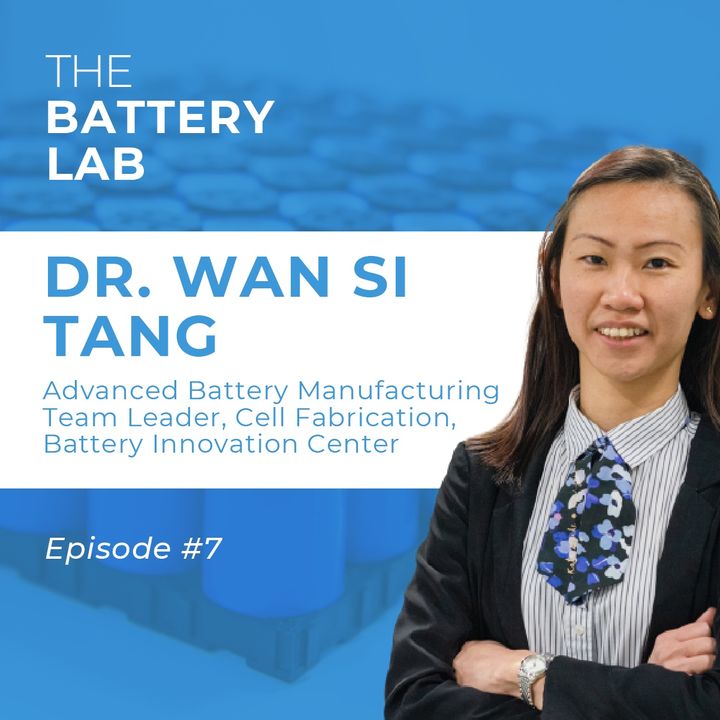
Dr. Wan Si Tang Ph.D. is an expert in advanced battery manufacturing. She is the Team Leader at the Battery Innovation Center, an experimental materials chemist, and an expert in Energy Storage and Conversion, with experience working with electrochemical cells, hydrogen storage, and crystallography.
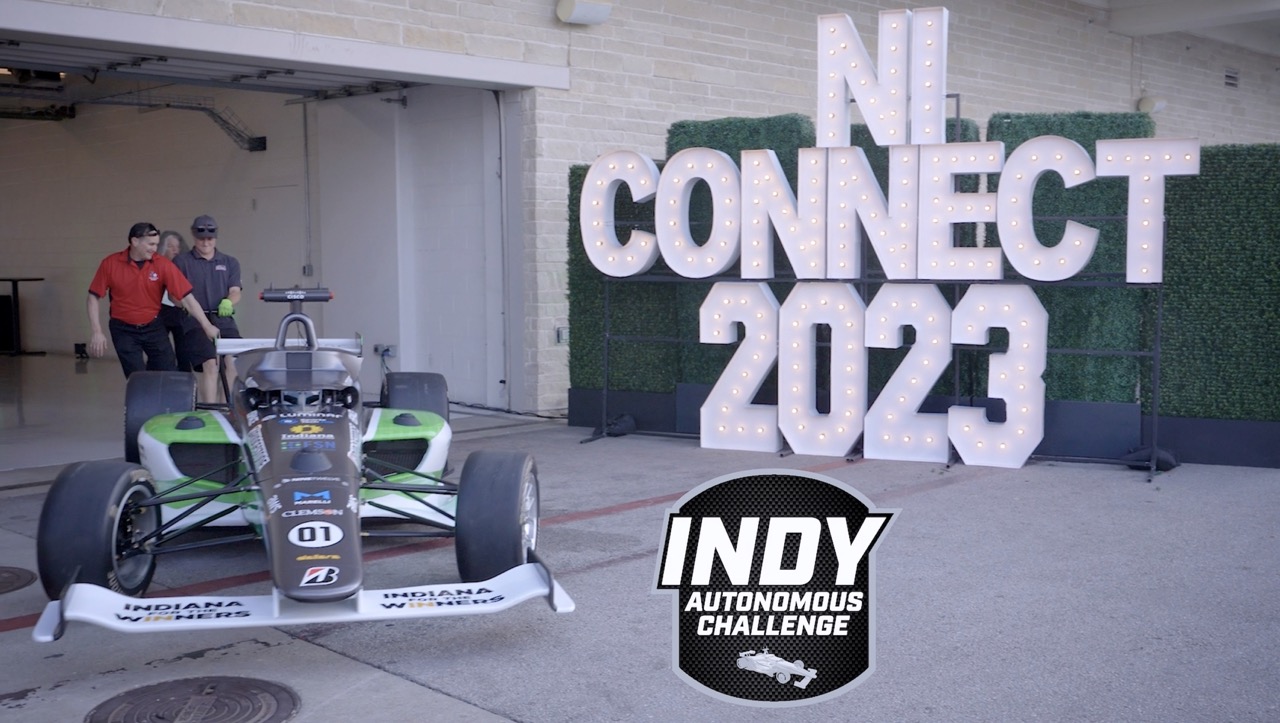
The IAC organizes racing competitions with full-scale autonomous racecars that see university teams from around the world compete in a series of racing challenges, with the goal to advance technology and accelerate the commercialization of fully autonomous vehicles.
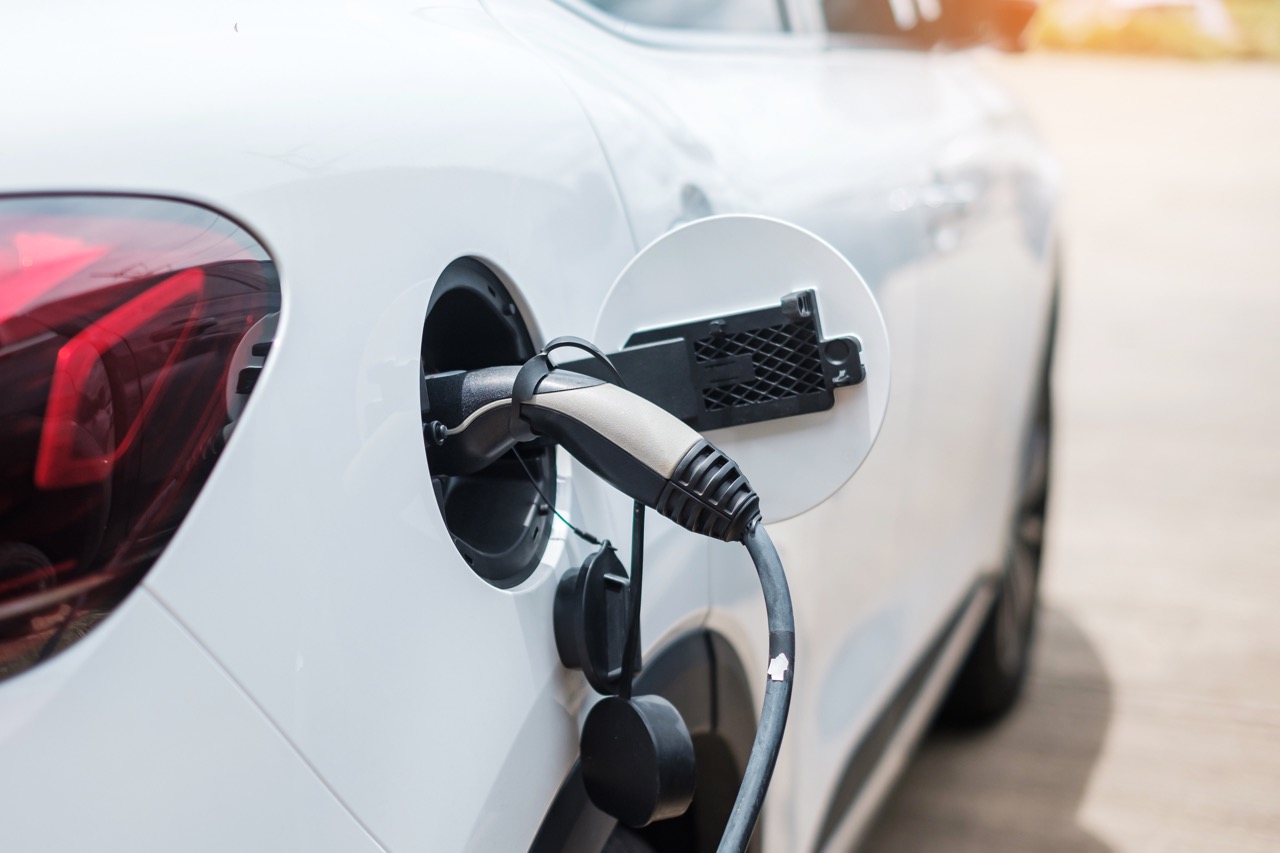
“One of the most attractive things about the BIC is our vertical integration,” says CEO Ben Wrightsman. “We are one of the few facilities that offers the ability to take your material and put it into the very first battery, and handle it all the way through to the end of its life. We can build it, test it, help you get it into products and applications, certify it and help you to understand risks – and as the product ages, we can help with second use or recycling all the way back to the raw material.”
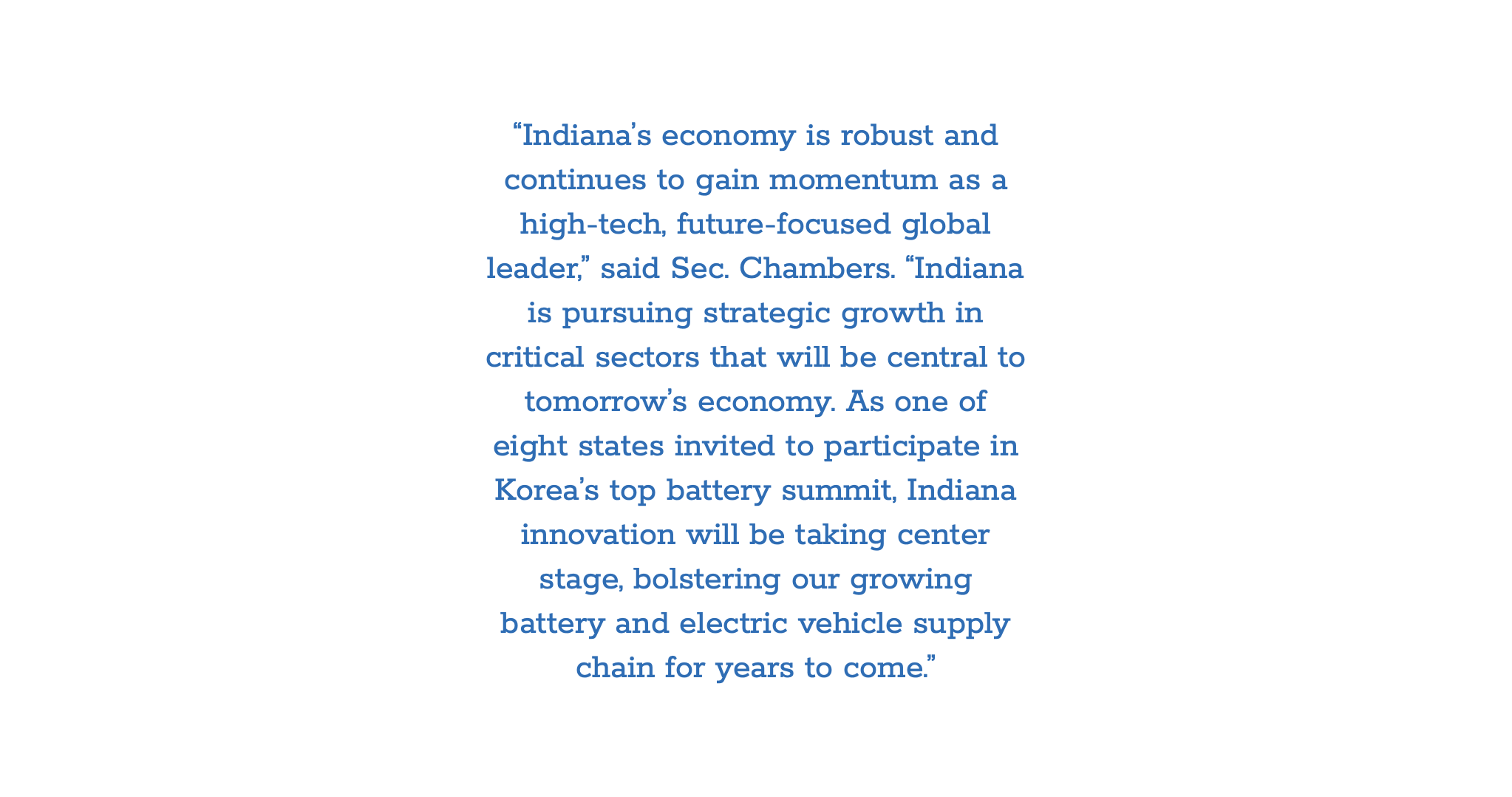
The state, which will be joined by Dave Roberts, CEO of the Applied Research Institute, and Ben Wrightsman, CEO of the Battery Innovation Center, will showcase Indiana’s leadership in energy storage, electrification, electric vehicles and the industry’s supply chain, targeting new business prospects and investment opportunities.
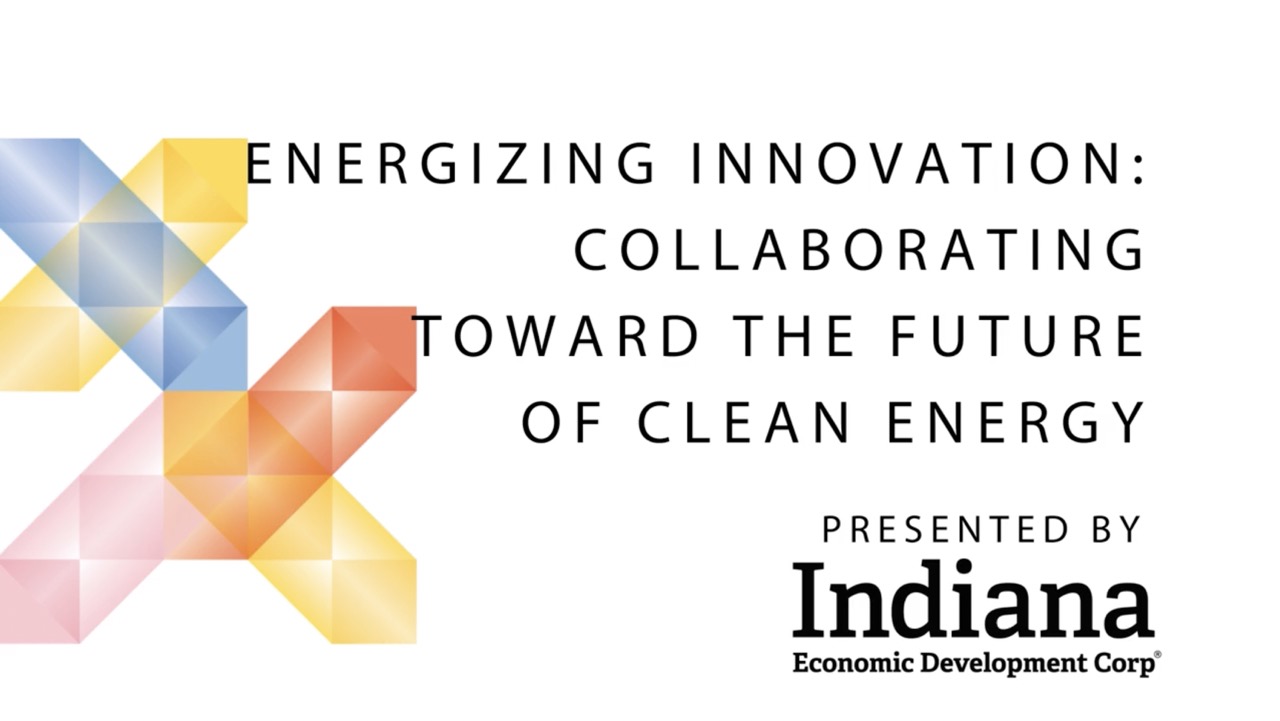
“There simply isn’t enough talent in the U.S. right now,” Tang said. “It’s our job to push the technology forward and teach the industry about current problems, processes, and standards. Education is key.”
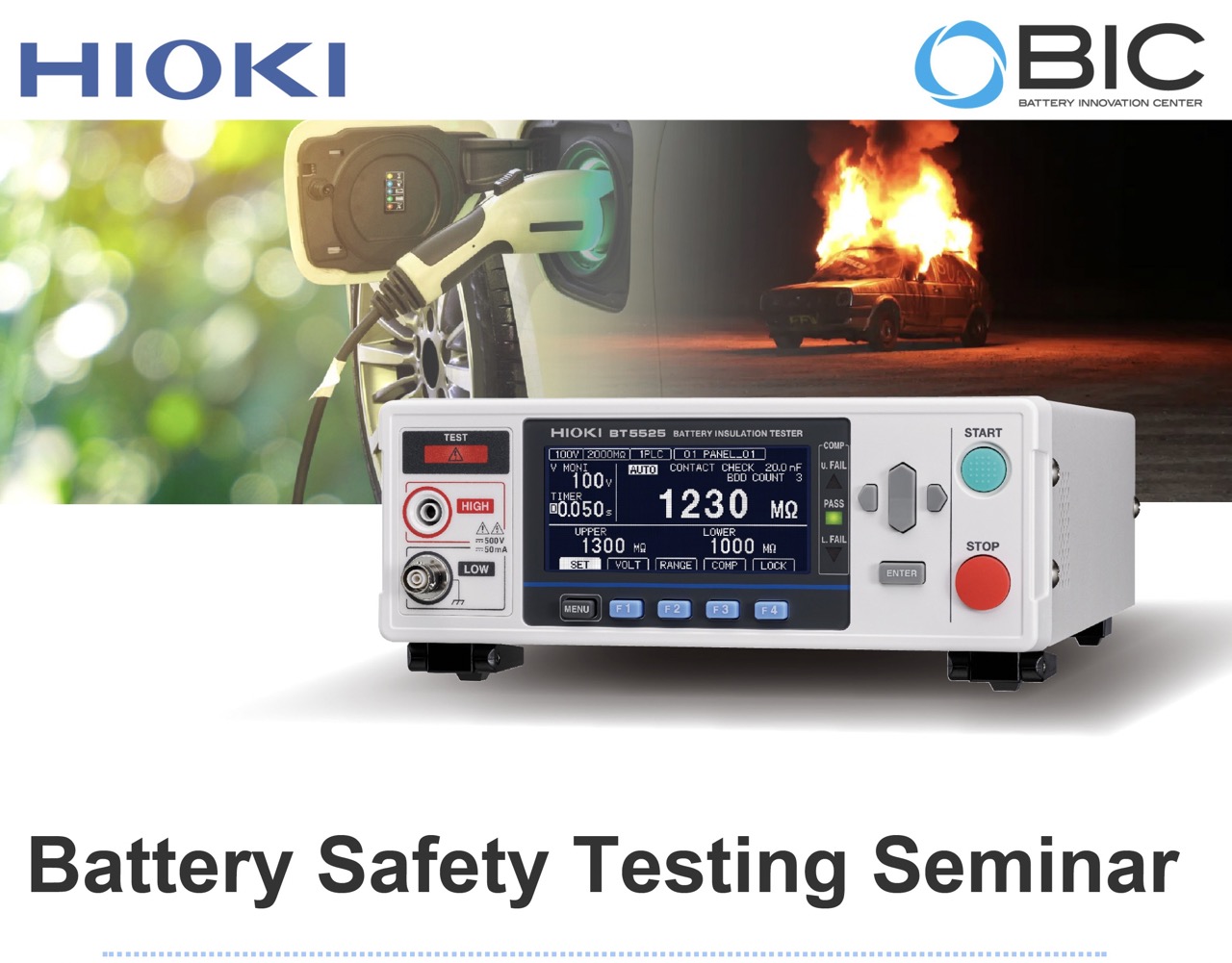
Learn how Lithium-ion Battery manufacturers can prevent battery fires.
Batteries pose chemical and physical hazards. Batteries can fail for many
reasons including short-circuiting, overcharging, or overheating. For Li-ion batteries, these failures can lead to dangerous propagations resulting in highly dangerous thermal runaway. To prevent battery fires, we must aim to understand how to prevent thermal
runaways. Quality control at every stage of battery manufacturing is an effective way to eliminate most defects and it is the responsibility of battery manufacturers to make the existing technology as safe as possible.
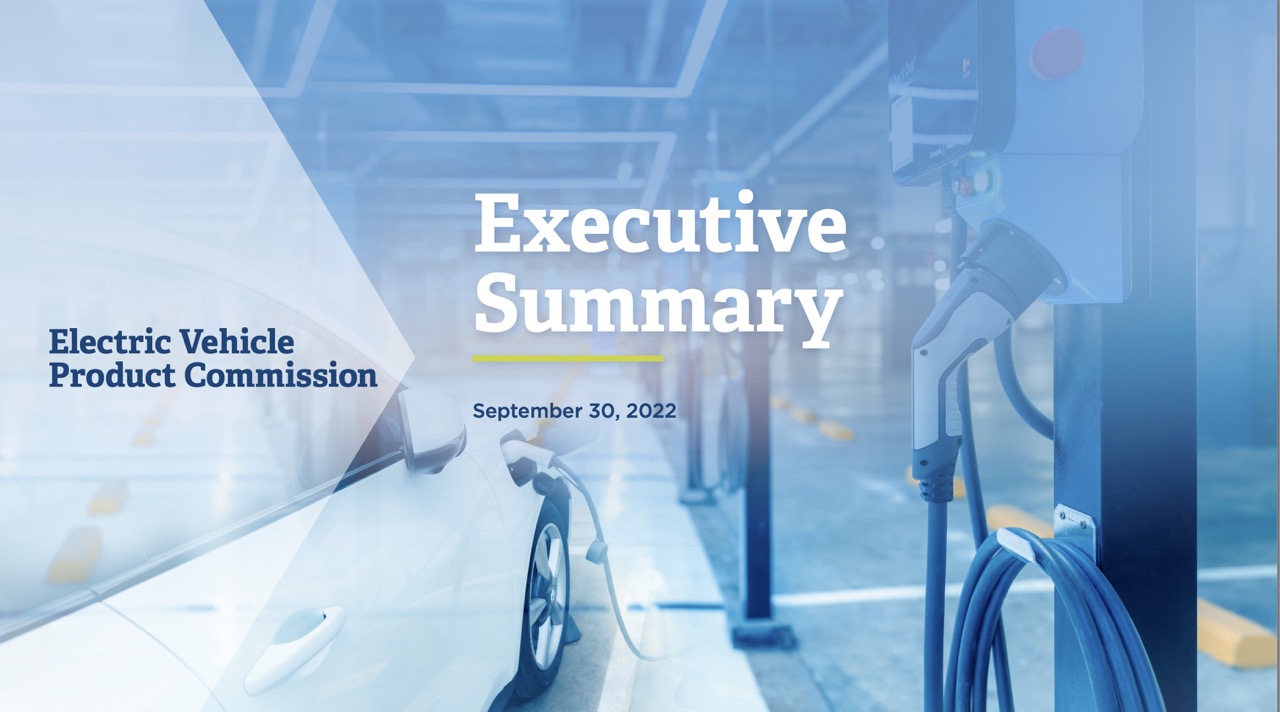
The Indiana Electric Vehicle Products Commission’s first report on Indiana’s EV products landscape puts our Hoosier state at the front of the pack for engaging industry.
—
The Automotive Industry initiated the beginning of a technical revolution in Indiana by cultivating research and pioneering products over the course of many decades. Although the local
automotive industry boom has grown immensely recently, Hoosier leaders have been developing the culture of innovation tediously with substantial attention to detail and rising trends.

We dive into the world of advanced battery technology and talk about the role competitive motorsports play in advancing battery technology.